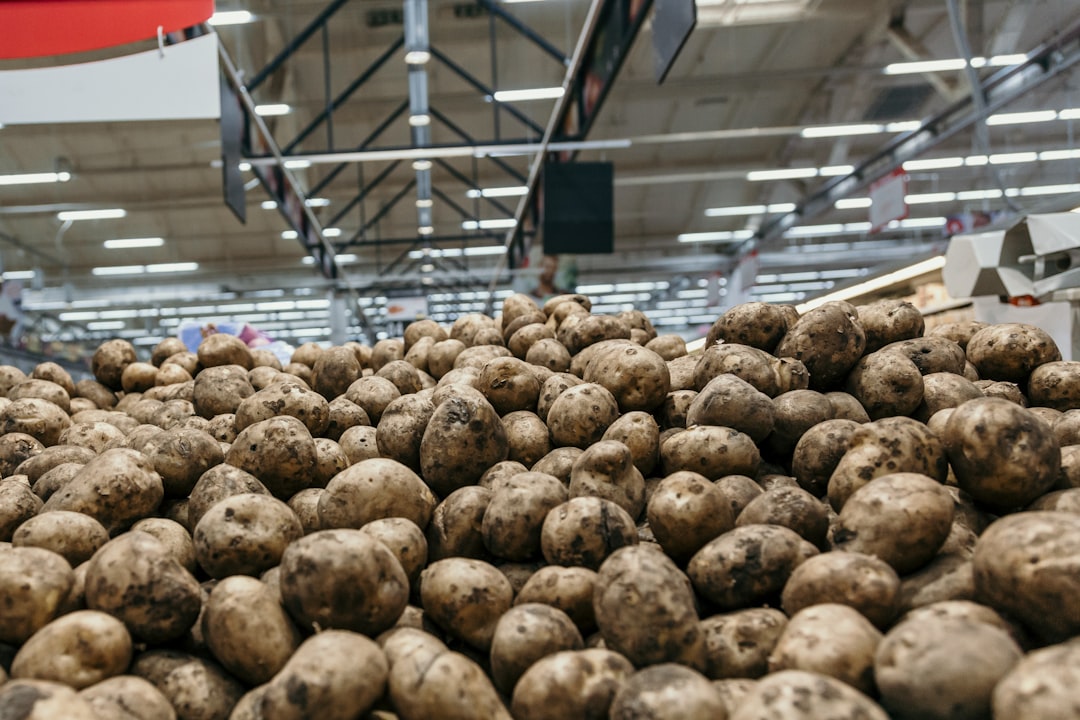What is it about?
In general, plants grow more roots in nutrient rich patches - but there are striking differences among species. Some species eagerly proliferate their roots into even small patches, while others do not seem to care. Is it possible to tell the root foraging behaviour of a species without the direct experiment? We found that clonal species and species with fast vegetative growth root-forage much less than the non-clonal species and species that grow slowly.
Featured Image
Why is it important?
In the paper, we hypothesize how tissue specialization might had given rise to clonal plants, based on the fact that clonal plants are worse root-foragers than the non-clonal ones. Maybe they forage by their whole runners? Given that most plants are clonal, this should improve our understanding in communities in which belowground competition and heterogeneity play a substantial role. This dataset is also of reasonable size - and it puts the idea of P. Grime and others back into the game: slow growers are better foragers than the fast-growing species.
Read the Original
This page is a summary of: Root Foraging Performance and Life-History Traits, Frontiers in Plant Science, June 2016, Frontiers,
DOI: 10.3389/fpls.2016.00779.
You can read the full text:
Resources
Contributors
The following have contributed to this page










